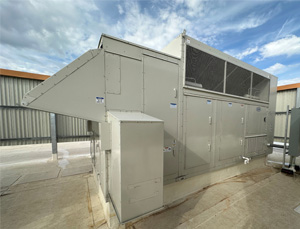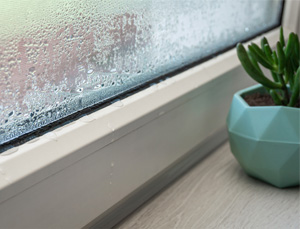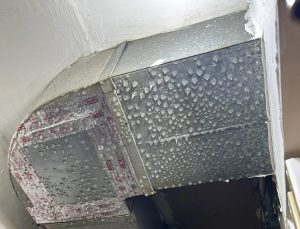When it comes to HVAC design, humid climates present unique challenges that require thoughtful planning and precise execution. Whether you are working in coastal regions or cities with high summer humidity, understanding how to manage moisture is critical for comfort, efficiency, and building longevity. In this post, we’ll explore essential considerations for designing HVAC systems in humid environments.
 Equipment Sizing
Equipment Sizing
In humid climates, your cooling coil must do double duty—cooling the air and removing moisture. This means:
- Psychrometric calculations are essential to size your cooling coil correctly.
- The coil must reach saturation to allow condensation and effective dehumidification.
- Right-sizing your equipment is essential. Oversizing equipment can lead to short cycling and poor humidity control.
- Consider hot gas reheat if your DX system lacks staging capabilities.
- Always ensure the building is positively pressurized to prevent humid air infiltration.
 Air Distribution
Air Distribution
Poor air distribution can lead to condensation and comfort issues. Keep these tips in mind:
- Don’t supply air directly above exterior doors. Humid air can condense on the diffuser and drip on the occupant.
- Avoid blowing cold air directly onto exterior glass, which can cause condensation.
- Design diffusers with throw and velocity in mind to avoid drafts and ensure occupant comfort.
 Insulation
Insulation
The location of insulation on the ductwork and piping systems shall be thoughtfully considered to avoid condensation and mold growth while balancing acoustic needs. The following should be considered in the equipment specifications:
- Insulate any system (air or water) that operates below the space dew point temperature.
- For ductwork:
- Use external wrap for outside air ducts. Duct liner on outside air ductwork can absorb moisture and produce mold and mildew.
- Avoid internal liner insulation unless needed for sound attenuation. If needed, limit it to the first 15 feet downstream of the noise-producing equipment.
- If ductwork is exposed and aesthetics are key, consider using double-wall ductwork. Double-wall ductwork is more costly and should be considered in the project budget.
- For piping:
- Insulate all chilled water, condenser, domestic cold-water, and condensate lines.
- Ensure there are no thermal breaks at supports or fittings.
Designing HVAC systems in humid climates requires more than just standard cooling calculations. From equipment sizing to insulation and material selection, every detail matters when moisture is in play.
By following these best practices, you can ensure your systems perform reliably, maintain occupant comfort, and withstand the challenges of high humidity.

